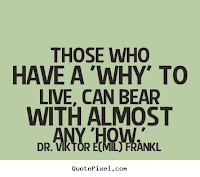Can we reconcile a most basic suicide prevention strategy, means restriction with the 2nd Amendment? Gun owners and public health people have to find a way to talk about this. In Oregon, the conversation has begun.
Gun owners in rural have a sense of responsibility and honor. It's a thing. Part of that responsibility is to protect one's family, one's livestock, and oneself. So let us begin by acknowledging that some gun owners, the ones who live in rural areas where suicide rates are growing the fastest, need guns for protection. But they have to do the protecting themselves. The government, on account of distance and distrust, cannot do the job. And then let us acknowledge that one of the things they need to protect their families (and maybe themselves) from is suicide.
Compare states to states. Compare regions to regions. Compare states within regions to other states within the same region. Compare people of the same age group, in any age group, men to men and women to women. Compare unemployed people to unemployed people, working folk to working folk. Compare city dwellers to city dwellers, country folk to country folk.
Compare people with depression to other people with depression; people who are suicidal to other people who are suicidal; people who have a plan to other people who have a plan; people who have a past suicidal attempt to other people who have a past suicidal attempt, for God's sake!
More Guns = More Suicides.
Get it? Rural areas have more suicides largely because they have more guns.
More Guns = More Suicides.
Get it? Rural areas have more suicides largely because they have more guns.













